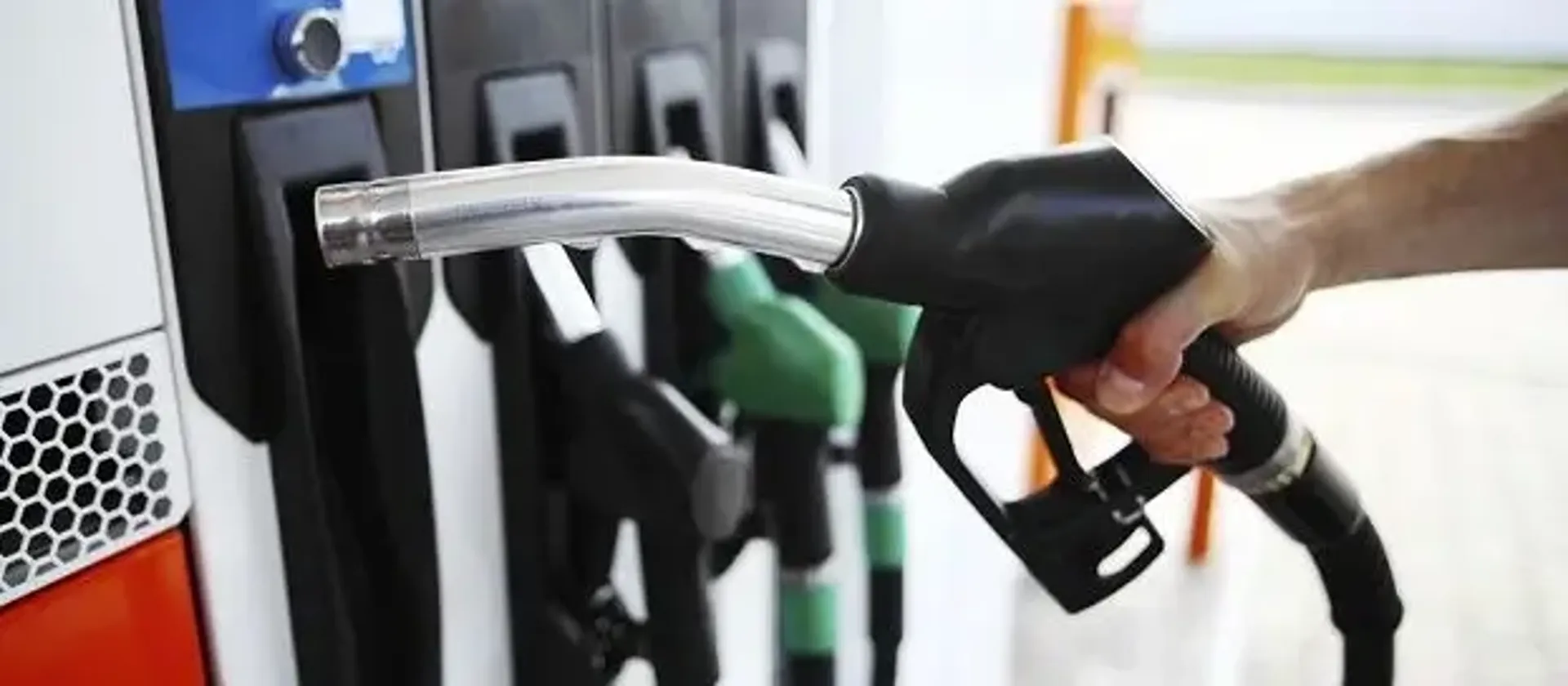
09/03/2016
Did you know you can use fuelGenie’s satnav Points of Interest (POI) file to plan fuel stops, control the length of journeys, and make sure drivers don’t have to leave their route in search of petrol stations? Fuel efficiency is vital to cost-effective fleet management. Are you maximising your driver’s time on the road by finding conveniently-located fuelGenie forecourts before they travel?
Factor in fuel stops
Planned fuel stops create smoother journeys, minimise the risk of costly detours, and allow you to control the quantity of fuel your fleet consumes. Fuel stops can also be combined with rest stops to decrease driver tiredness and maintain a risk-free attitude to long journeys.
Allow for environmental factors when planning fuel stops: for example, heavy traffic, poor weather, or accidents. When you create your fuel plan, include a buffer that means your drivers won’t be running low on fuel by the time they get to their next planned stop. And ensure they always have the means to seek out alternative fuel stops if the route has to change, or the prevailing traffic conditions add extra time to the journey.
Use the fuelGenie satnav to plan your stops
The fuelGenie satnav POI file is downloadable onto TomTom, Navman and Garmin. It lets your drivers find the nearest forecourts that accept fuelGenie cards. For any journey, it means the closest fuelGenie supermarket is just a couple of taps away.
Your fuelGenie card offers your drivers outstanding national coverage, allowing them to fill up at Morrisons, Tesco, and Sainsbury’s forecourts. You only pay the pump price for your fuel, there are no hidden fees, and your drivers can also collect loyalty points on Morrisons Match & More cards, Tesco Clubcards. and Sainsbury’s Nectar cards. Plus you get a competitive credit facility, and unlimited fuelGenie cards. You can control every element of your fuelGenie account online, including ordering new cards, generating reports, and setting spend limits.
Fill up at the right time
Some fuel experts claim that filling up first thing in the morning isn’t just good route planning: it’s also more cost-effective. The reason for this is that fuel products expand as they get warm. Petrol, diesel, or even natural gas are denser in the morning because they’ve cooled down overnight. So when you fill your tank first thing, you actually get more fuel than you would if you filled up to the same level in the afternoon or evening.
In reality, the difference for a single vehicle’s fuel tank, even a big one, is negligible. If it wasn’t, the expanding fuel in an un-driven vehicle would cause its tank to rupture as the day wore on. Petrol station tanks are fitted with floating ceilings, which rise and fall with the expansion of the fuel inside—and it’s these tanks that get the benefit when fuel is decanted cool.
There are, however, key times not to fill up: if, for example, a tanker is present. New fuel being pumped into forecourt tanks can stir up the sludge at the bottom, causing fuel filter clogging. It’s also a good idea to implement a rule of never letting your fleet vehicle tanks fall below one-quarter full, as sludge already present in your fuel system can be stirred up at this level and impair engine performance.
Do you include fuel stops in your fleet journey planning? Let us know on LinkedIn and Twitter.


